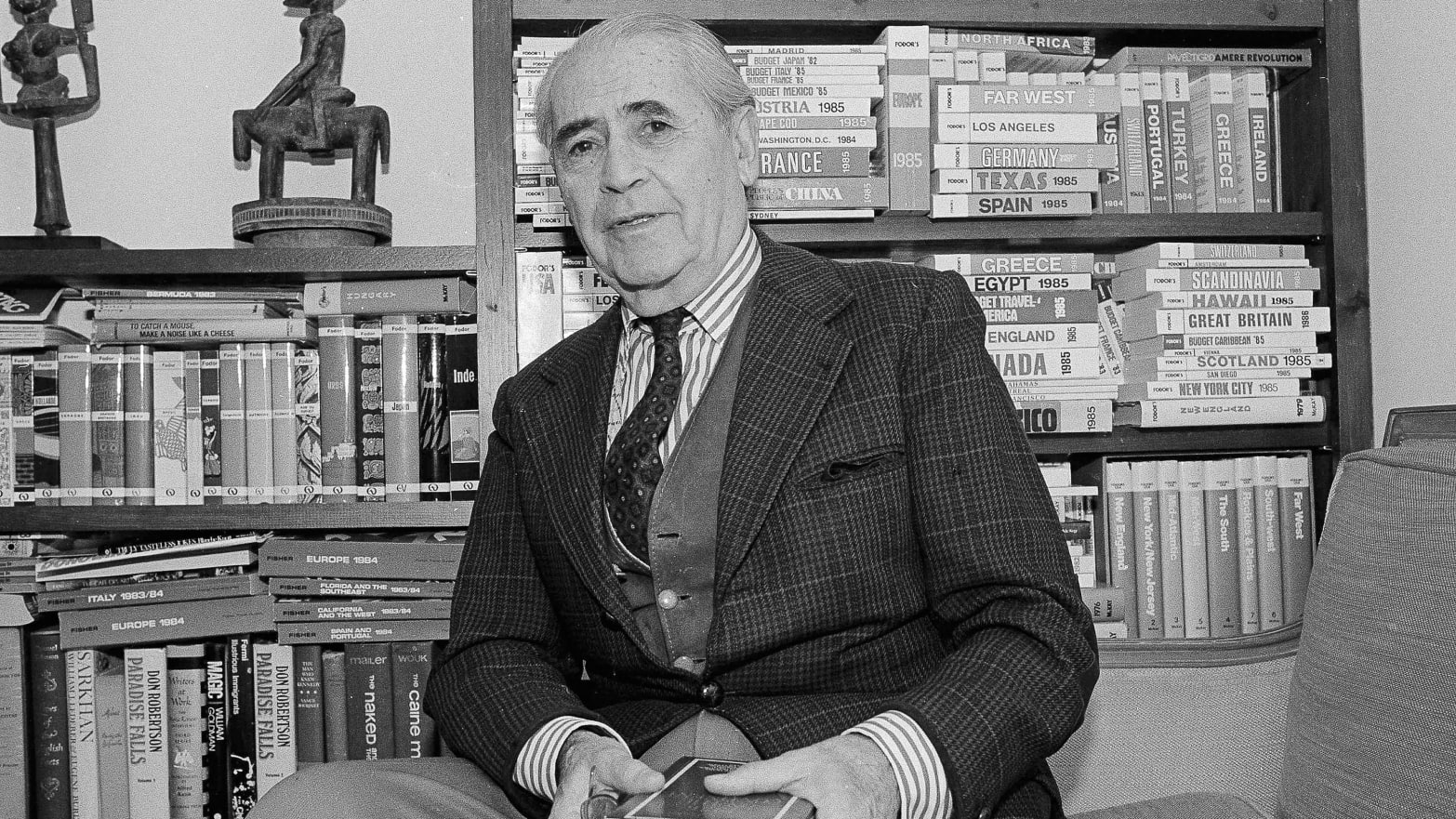
From the CBC: “A group of parents has filed a lawsuit against a Montreal-area high school art teacher and his school board after students found their classroom artwork available for purchase on the teacher’s personal website last month. The parents of 10 young students at Westwood Junior High School in Saint-Lazare, Que., an off-island suburb west of Montreal, filed the lawsuit for $1.575 million, or $155,000 per plaintiff plus punitive damages, against the teacher, Mario Perron, and the Lester B. Pearson School Board for copyright infringement. According to the lawsuit, the teacher assigned his 96 students a project called “Creepy Portrait” in January, in which students drew a portrait of a classmate or themselves inspired by the style of artist Jean-Michel Basquiat. The students submitted their projects in February and were shocked to stumble upon their classroom artwork being sold after finding their art teacher’s website.”
The butterfly in the prison yard: Life in an Iranian prison

From The Sunday Longread: “Conservationist Niloufar Bayani was released, along with three of her colleagues, after spending six years in a notorious Iranian prison. Six years passed after Bayani was arrested by the IRGC. Apart from a five-day period when she was released on furlough, she spent the entire time behind bars. The IRGC is a separate entity from Iran’s regular armed forces, operating as one of the most powerful paramilitary organizations in the Middle East and a locus of power that has control over much of Iran’s politics. “I was interrogated blindfolded while standing, spinning, or sit-and-standing,” Bayani wrote in letters published by the BBC. “Threatened with the arrest and torture of my 70-year-old mother and father… threatened with physical torture by being shown images and descriptions of torture devices…[and] heard hours of detailed descriptions of suffering and pain.”
Note: This is a version of my personal newsletter, which I send out via Ghost, the open-source publishing platform. You can see other issues and sign up here.
Continue reading “Parents sue teacher for selling students’ artwork online”

























